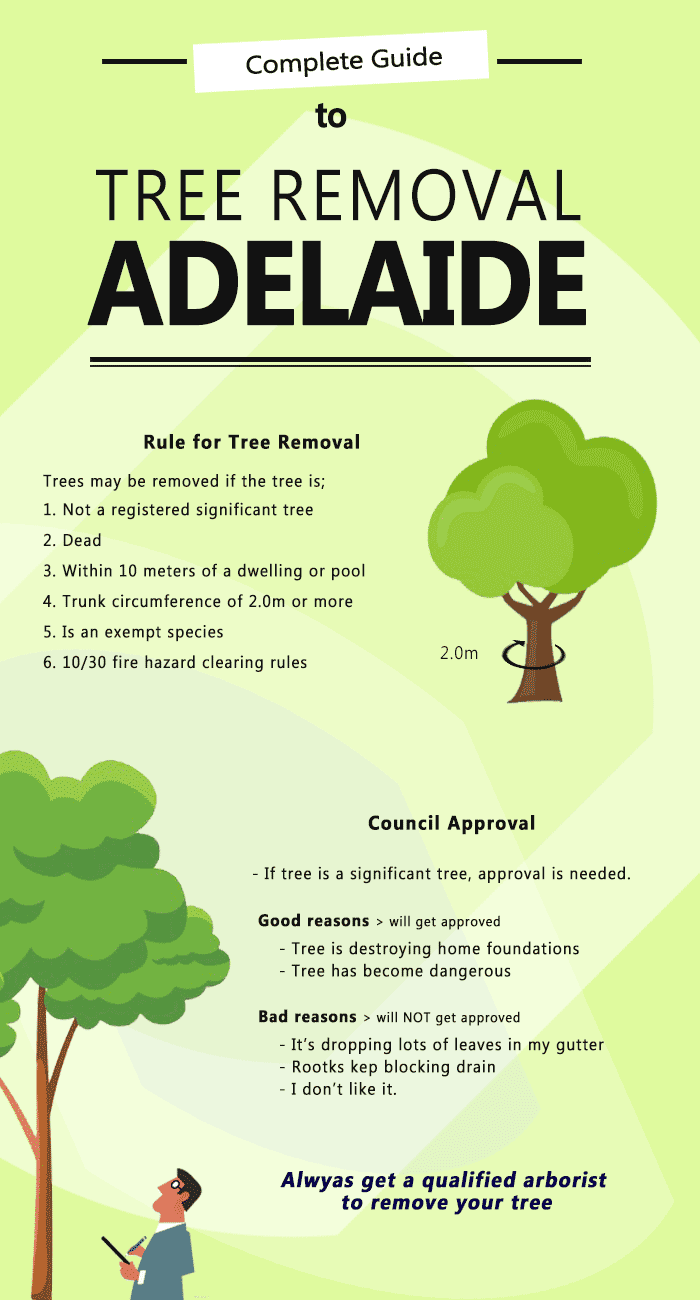The Environmental Implications Of Logging: Essential Facts To Be Aware Of
The Environmental Implications Of Logging: Essential Facts To Be Aware Of
Blog Article
Content By-Oliver Lyon
When it pertains to the environmental influence of tree removal, there are important elements that require your interest. From the elaborate internet of partnerships within ecological communities to the succeeding results on environment patterns, the consequences are profound. You might be surprised to discover the detailed ways in which the elimination of trees can resound throughout the setting. Keep tuned to unwind the elaborate links and ramifications of this seemingly simple act.
Logging and Habitat Loss
Logging and habitat loss are crucial problems coming from tree removal. When trees are cut down, it interferes with entire ecosystems. Not only are the trees themselves shed, but the homes and food resources of many plant and pet types are ruined as well. Birds shed their nesting sites, animals lose their shelter, and pests lose their habitats. The results ripple via the food cycle, impacting killers and victim alike.
Additionally, logging contributes to environment change. Trees play an essential duty in absorbing carbon dioxide, a greenhouse gas that catches warm in the atmosphere. With fewer trees, there's much less co2 absorption, bring about raised degrees of this gas in the atmosphere and aggravating international warming.
Environment loss is a straight outcome of logging, as the damage of woodlands indicates the loss of distinct and varied communities. relevant resource site of species are incapable to adjust to quick modifications in their atmosphere, bring about population decreases and, in many cases, termination.
Safeguarding forests is important to maintaining the delicate balance of nature and making sure the survival of numerous plant and pet species.
Effect on Biodiversity
The removal of trees has a substantial influence on biodiversity, influencing the range and wealth of plant and animal varieties in an area. Trees supply habitat and food sources for many organisms, from pests to birds to mammals. When trees are eliminated, these varieties lose their homes and sources of nutrition, bring about a decline in their populations. This disturbance can have cascading impacts on the entire community.
Additionally, trees play an essential duty in preserving biodiversity by creating microhabitats within their canopies, trunks, and origins that support a wide variety of types. When trees are lowered, these specialized atmospheres are damaged, minimizing the general diversity of the area.
In addition, the elimination of trees can cause a decline in hereditary diversity within plant populations, as specific tree varieties might no longer have the ability to duplicate or spread successfully. Shielding trees and forests is vital for preserving biodiversity and making sure the health of ecological communities for future generations.
Soil Disintegration and Climate Change
With trees being eliminated from an area, the interruption of soil structure and security takes place, bring about boosted soil erosion. Trees play a critical duty in avoiding disintegration by holding dirt in position with their root systems. When trees are gotten rid of, particularly in great deals, the dirt ends up being more prone to disintegration from wind and water. This erosion not only impacts the immediate environments but can likewise result in sedimentation in nearby water bodies, impacting water top quality and water ecosystems.
Moreover, trees aid manage the environment by soaking up co2 during photosynthesis. When trees are lowered, this all-natural carbon sink is reduced, contributing to enhanced levels of greenhouse gases in the ambience. This can worsen climate change, leading to more severe weather events and interruptions in ecosystems worldwide.
Consequently, the removal of trees not just speeds up soil erosion but additionally contributes in the bigger ecological problem of climate modification. It's crucial to consider these elements when evaluating the impacts of tree removal on the atmosphere.
Conclusion
Now that you know the environmental influence of tree elimination, take into consideration the effects prior to cutting down trees. Logging interferes with ecosystems, lowers biodiversity, and adds to soil disintegration and environment modification. By bearing in mind the impact of tree removal, you can help secure our setting and protect the delicate balance of nature. Make notified choices and think about alternate remedies to lessen the adverse effects on our planet.
